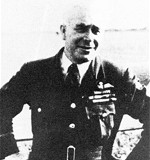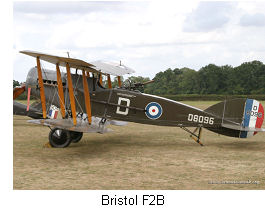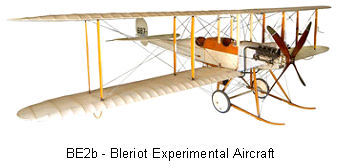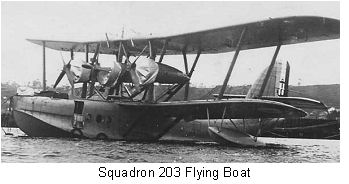

AIR VICE MARSHAL RICHARD SAUL
by Tony Storey
This article was originally published in the August 2010 edition of Soul Search, the journal of The Sole Society
Richard Ernest Saul was born in Dublin on 16 April 1891.
He joined the Army Service Corps as a 2nd Lieutenant in November 1914 and was promoted to the rank of Captain in August 1915.
In June 1916 Richard Saul transferred to 16 Squadron, Royal Flying Corps as an observer. The RFC was in its infancy and as the air arm of the British Army its function was to assist ground artillery by locating targets and taking aerial photographs. The aircraft he would have flown in were the RE8 (Reconnaissance Experimental) and the BE2 (Bleriot Experimental). The reconnaissance work inevitably drew the aircraft into aerial conflict with their German counterparts and by August 1916 Saul had decided to train as a pilot.
By the end of 1917 he was the Officer Commanding 4 Squadron RFC, flying RE8s over the Western Front to strafe enemy infantry and gun emplacements.
The Royal Flying Corps and the Royal Naval Air Service were amalgamated on 1 April 1918 to form the Royal Air Force. In 1919 Richard Saul was awarded the Distinguished Flying Cross and a permanent commission with the rank of Major. By the end of that year he was based in Germany as the Officer Commanding 12 Squadron RAF, flying Bristol F2Bs.
In the 1920s Richard Saul held a number of posts including Staff Officer at HQ Iraq Command, Officer Commanding, 2 Squadron Manston, Kent and Commandant at the School of Army Co-operation. Saul was an accomplished all-round sportsman, representing the RAF at both rugby and hockey and becoming the RAF tennis champion in 1928 and 1932.
In 1933 he attended a flying boat course at RAF Calshot before his appointment as commander of 203 Squadron (Rangoon-Basrah). In 1935 Saul led a flight of flying boats from Plymouth to Basrah, flying in K4582.
In 1936 Richard Saul married Edna Claire Treleaven in Chelsea. Their daughter Judith was born in London in 1939.
Saul was appointed Senior Air Staff Officer at Headquarters and played a large part in organising Fighter Command into an effective fighting force
Richard Saul was promoted to Air Vice Marshal in July 1939 and during the Battle of Britain commanded No 13 (Fighter) Group, responsible for the aircraft and sector stations defending the North of England, Northern Ireland and Scotland, including the strategically important naval base at Scapa Flow in the Orkneys.

His group provided an essential recovery and recuperation facility for exhausted pilots from the south and Saul took pride in the quality of pilots he transferred back to the squadrons defending London and the south-east. At the height of the conflict in the first few days of September 1940, Air Vice Marshal Keith Park of No 11 (Fighter) Group compared the pilots transferred by Richard Saul with those supplied by Leigh-Mallory's No 12 (Fighter) Group. Saul's transferees had brought down 43 enemy aircraft for the loss of just two pilots. In stark contrast, Leigh-Mallory's pilots had claimed only 17 kills and had lost 13 of their own.
By February 1941 Saul was in command of No 12 (Fighter) Group and the following month he was made a Companion of the Order of the Bath. In 1943 he became Officer Commanding, Air Defences Eastern Mediterranean.
Richard Saul retired from the RAF on 29 June 1944 and then served as Chairman of the United Nations Relief and Rehabilitation Administration's mission in the Balkans, where he investigated administrative problems and the loss of relief supplies. He moved on to Italy, where he became Vice-Chairman of the International Transport Commission in Rome. From 1951 Saul managed the university bookshop in Toronto, Canada until finally retiring in 1959.
Richard Ernest Saul CB, DFC died on 30 November 1965. His name is inscribed on the Saul family memorial stone in the churchyard of St Patrick's, Enniskerry, County Wicklow, as is that of his wife Edna Claire, who passed away five years before him.


